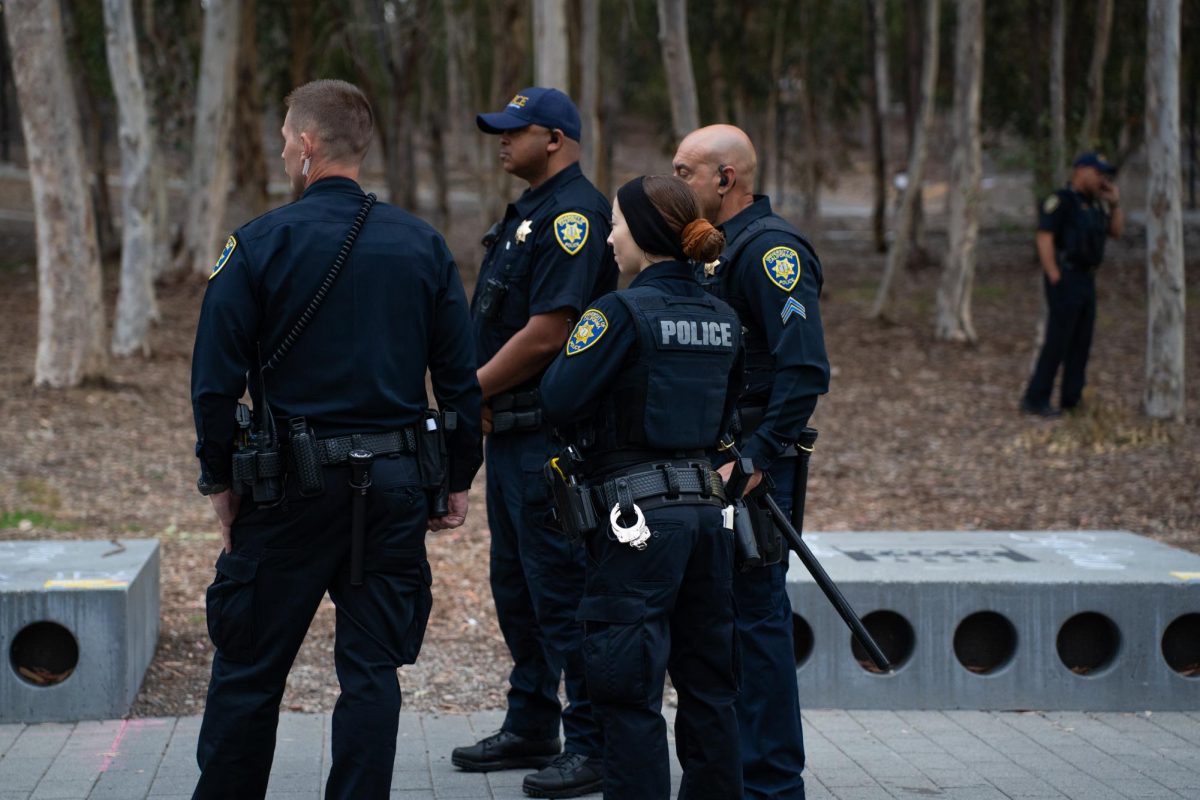The University of California American Federations has stopped negotiations on a new contract for nontenured faculty until a mediator can be hired to settle the debate that has been raging for over a year.
“”The problem is that the administration is not willing to modify an agreement that has been in place since the mid ’80s,”” said local UCAFT chapter president Fred Lonidier. “”It badly needs to be improved.””
The policies included in the last contract, which expired June 30 of last year, are still being used until a new agreement can be found.
Regardless, this does not mean that UCAFT has accepted the conditions of the old contract. Lonidier said that the ambiguous nature of the contract makes it impossible to understand.
“”It will bend your mind,”” he said. “”We want something that is clear.””
Under current legislation, a teacher who is on track to become a tenured faculty member must serve a six-year term before he is given a chance to receive tenure.
However, Lonidier said teachers are hired for four or five years and then are mysteriously fired for no reason.
“”[Teachers] reach their fourth or fifth years and they are removed,”” he said. “”We need something to make it clear that when they are getting close to 18 quarters that we actually get there.””
Similar problems arise for teachers who are on the nontenured track. According to UCAFT Vice President David Kuchta, working as a lecturer provides no job security because an evaluation of one’s job is administered every three years.
He said this provides for a poor working environment because lecturers are in constant fear of losing their jobs.
“”A job shouldn’t be something that you have to reapply for every three years,”” he said. “”As long as you are doing your job, you should have expectations that you can teach without the possibility of losing your job.””
Kuchta believes that this lack of security has decreased the quality of education for students, because lecturers can no longer take chances with their lessons.
These nontenured track faculty members have to follow the conventional form of teaching because if they try a new style and it’s not popular among students, then students will give them a bad teaching evaluation and they could lose their jobs.
“”There is no academic freedom to challenge your students,”” he said. “”That is why you are at college.””
In addition, Kuchta said that studies have shown that students’ grades are inflated when lecturers teach the classes. Nontenured faculty members give their students better grades hoping this will encourage them to give their teachers better evaluations at the end of the quarter.
“”This waters down the teaching,”” he said.
Hiring more nontenured faculty also hurts tenured faculty members because they are forced to oversee the jobs of the lecturers. More time is spent evaluating the lecturers and performing administrative duties, with less time spent on teaching and research.
Regardless of these claims, Chancellor Robert Dynes said the current system is fair and reasonable.
“”There is no problem here,”” he said. “”You have tenured faculty and nontenured faculty — it is as simple as that.””
According to Kuchta, over 50 percent of the classes at UCSD are taught by lecturers who receive considerably less pay than tenured faculty members do. This percentage translates to approximately 160 nontenured faculty members at UCSD.
“”We are a permanent part of this campus,”” he said. “”We want recognition of that.””
There are many other points under scrutiny by the AFT as well. They say that one problem is the lack of free time given to these nontenured faculty members who have no chance to complete any independent research or studies to further their chance of attaining a tenured position.
Unlike tenured faculty members, nontenured teachers receive no sabbaticals or Academic Senate grants. Lonidier said this distinction also makes it very difficult to receive any type of merit as a faculty member.
“”If you are not tenured faculty, you are competing against those who are,”” Lonidier said. “”It is very hard to do much more than teach. This is typical of higher education administrations. They have turned to nontenured track faculty for 30 or 40 years now because they are cheap. They just want to save money.””
Kuchta said that although there is a 2 percent pay increase each consecutive year one works as a lecturer, the salary does not compare to that of a tenured faculty member.
Nontenured faculty members make about $60,000 per year while tenured faculty can make up to $130,000.
But more importantly to the nontenured faculty, the possibility always remains that a teacher would not be given the opportunity to teach the right number of classes that qualifies him or her for such benefits as medical care, dental care and a retirement fund.
“”They are not guaranteed anything,”” Lonidier said. “”Teachers drop in and out of coverage all the time.””
In order to receive benefits in most departments, lecturers must teach at least 50 percent of a full-time load. For a standard department, this number is about nine per year. If a teacher does not teach at least five classes, he or she is not given any benefits.
“”This isn’t by choice,”” Lonidier said. “”This kind of system is wrong. They should be replaced by regular appointments.””
Lonidier said that although a strike with the UC Regents over these issues is unlikely, the possibility still remains because legally the teachers are allowed to do so.
“”I don’t know if it’s impossible,”” he said. “”We have a no-strike clause, but we also have no contract. It’s an option.””
Although a mediator has been hired to rework the current contract, Kuchta said he is skeptical of a quick settlement because the previous contract took three years to write.







